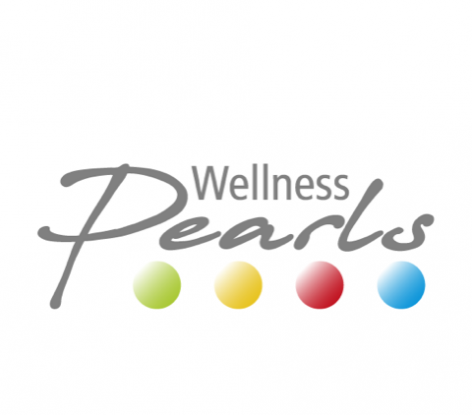Wellness dictionary
Little ABC for your spa-break questions ...
In their treatment discriptions, wellness hotels often use technical terms, which are hard to understand for potential guests. We have therefore collected and defined the most relevant terms in our small wellness ABC. A tip: Our wellness dictionary also supports word requests. You don't need to know the exact wording.
Select letters or search term:
AHA alpha hydroxy acid
AHA fruit acid, the peeling
active ingredient for cell renewal of the skin Alpha Hydroxy Acid (AHA Fruit Acid for short) is a natural acid derived primarily from fruit and has the ability to promote skin health in various ways. AHA fruit acids include:
- glycolic acid
- lactic acid
- malic acid
- citric acid
- tartaric acid
In cosmetics, AHA fruit acid is used to exfoliate the skin surface in order to stimulate and accelerate the cell renewal of the skin. In this process, AHA fruit acid removes dead skin cells, which give the skin a dry and sallow appearance and hinder the skin's ability to absorb caring substances. If these dead cells are removed, the skin can once again benefit fully from caring creams and serums and it starts to glow again. AHA fruit acid is particularly effective in the treatment of generally dry skin, acne and acne scars and hyperpigmentation.
AHA fruit acid is the anti-aging wonder weapon
In addition, serums and creams containing AHA fruit acid are particularly effective in treating symptoms of aging. This is basically because regular use stimulates the collagen fibers deep within the skin. This allows the skin to rebuild itself, grow more resistant and firmer and wrinkles are smoothed out. A further positive side effect is that the skin barrier is strengthened by the AHA fruit acid and as a result loses less water and can bind more moisture. The result: the skin appears fresher and more youthful.
Glycolic acid, the superstar among the AHA fruit acids
Glycolic acid has proven to be a proven active ingredient among the AHA fruit acids, as it has the smallest molecule size and therefore reaches deep into the skin most easily. It can successfully dissolve dehydrated and dead skin cells and simultaneously accelerate the skin renewal process. As it becomes increasingly difficult for the body to reject dead cells from the age of about 25 years, you can support the skin wonderfully with an AHA fruit acid peeling. However, a concentration of at least 5% of glycolic acid is required for optimal effectiveness. Since the acid has irritating properties if the concentration is too high, the dosage should only be increased slowly and carefully. A slight burning or reddening after the application is normal, the accompanying symptoms usually disappear after a short time. In addition, the skin becomes more sensitive to sunlight after treatment with AHA fruit acid, as it becomes thinner due to the abrasive properties of the peeling. Therefore, never do without sufficient sun protection.
Caution with AHA fruit acid peeling
In general, an AHA fruit acid peeling is suitable for all skin types. Nevertheless, people with very sensitive skin should consult a specialist in advance to prevent unwanted burns or redness. Couperose patients should also avoid AHA fruit acid peeling, as this increases the blood circulation in the skin and is not beneficial in case of couperose. Likewise humans suffering from Herpes or virus warts should refrain from an application, since the spreading of the viruses can be promoted by rubbing the Peeling.
AHA fruit acid peeling at the doctor
Just like the self application at home, a dermatologist uses AHA fruit acid. The difference here, however, is that the specialist uses a much higher concentration of AHA fruit acid than is permitted in cosmetic products and peelings for self-application. The AHA fruit acid thus has a more intensive effect. Medical treatments are usually carried out in several sessions so that the exposure time of the AHA fruit acid can be gently increased without causing too much damage to the skin. The skin is slowly accustomed to the application and irritations are prevented. At the end of each session, the fruit acid preparation is neutralized by the dermatologist and removed from the skin.
A professional AHA fruit acid peeling at the doctor's is also part of the preparation. For this purpose, you will receive a cream with low-dose AHA fruit acid, which you should apply to your facial skin every one or two days. Your skin will get to know the AHA fruit acid before the dermatologist finally treats your face with highly concentrated AHA fruit acid.
Related topics: Aloe Vera Anti Ageing High Tech Beauty Cellutron Therapy Collagen Couperose skin Hyaluronic acid HydraFacial Micro Needling Microdermabrasion Evening primrose oil Exfoliation Grape seed oil Ultrasound treatment Vino Therapy
Wilfried Dreckmann combines practical experience in the field of wellness and spa with academic know-how. Since 2006 he is working internationally as a management consultant, trainer and coach for wellness providers. He is a lecturer at the iST Studieninstitut and associate professor at the iST University of applied sciences in Düsseldorf.


